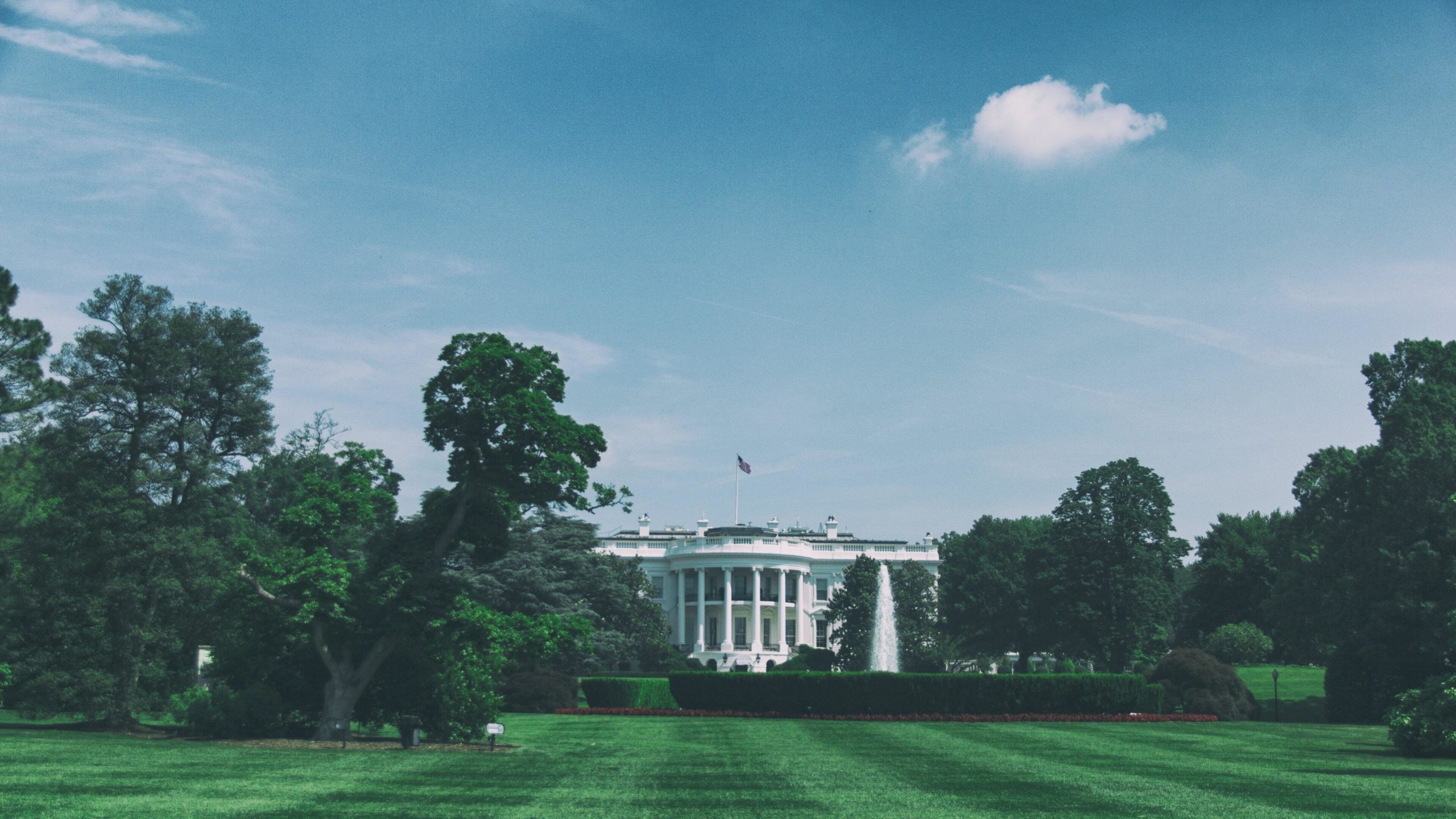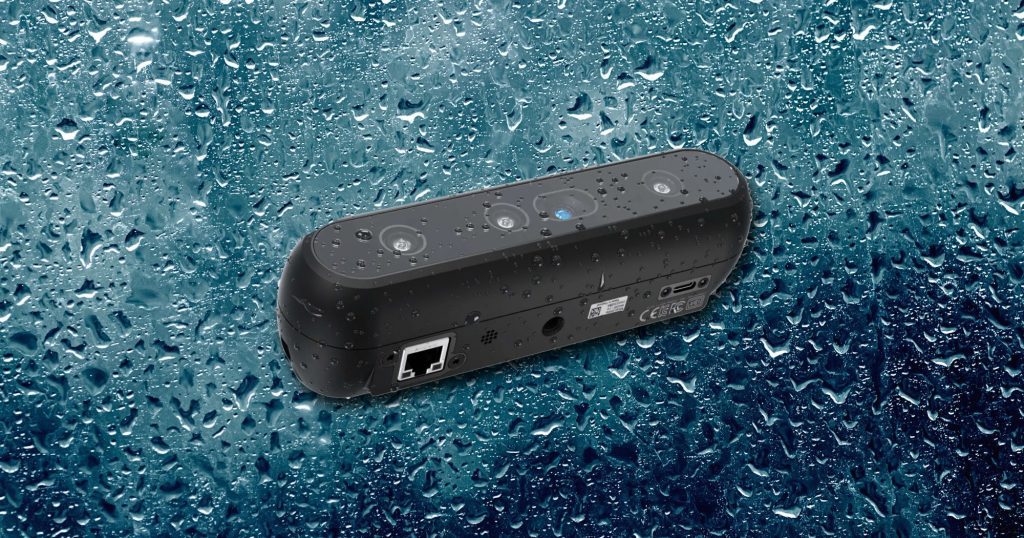Every good PR practitioner knows that no client is immune to a crisis gone awry.
Every organization will eventually face a crisis – an event or circumstance that negatively impacts its reputation, credibility or brand. The key is having a solid communications plan in place to manage the crisis – and that means having a rapid and transparent response to the public.
From a PR perspective, the White House’s bungling of President Trump’s recent positive COVID-19 diagnosis was particularly egregious. With more than 220,000 Americans dead from the virus and no end to the pandemic in sight, the stakes couldn’t be higher.
Here’s what the White House should have done differently. In fact, these are best practices that should be adopted by any organization:
- Plan ahead. Having a contingency/scenario plan that outlines every conceivable crisis and appropriate response is the first step in an effective crisis communications plan. The White House should have had an action plan in place that spelled out exactly what steps to take if a member of the administration – or the president himself – contracted the virus, from announcing the news to maintaining ongoing status updates.
- Speed is key. A positive COVID-19 test in the White House demands an immediate response to the public. But when former White House communications director Hope Hicks tested positive for the virus, the public didn’t hear about it from the White House – they learned from a leaked Bloomberg News story. What’s more, it would be many hours later until the White House informed the public that the President of the United States and the First Lady had also contracted COVID-19 – and this came in the form of a 1 a.m. tweet.
- Be transparent and forthright. Since President Trump’s announcement that he tested positive for the virus, there have been more questions than answers. It would behoove the White House to come out in front of the crisis with clear and transparent messaging to keep the public informed of important developments and remove any doubt in the administration’s trustworthiness.
- Leverage spokespeople who evoke confidence in their credibility – not suspicion. The White House has one of the most preeminent immunologists in the country, who also happens to be a media darling, at its disposal – Dr. Anthony Fauci. However, in recent weeks, the White House has instead used spokespeople who evaded crucial questions about the president’s illness.
PR practitioners should strive to be the “ethical compass” of their organizations by having standards of accountability, integrity and professionalism that are beyond reproach. The White House should seek out such communications experts to better manage the next crisis.




